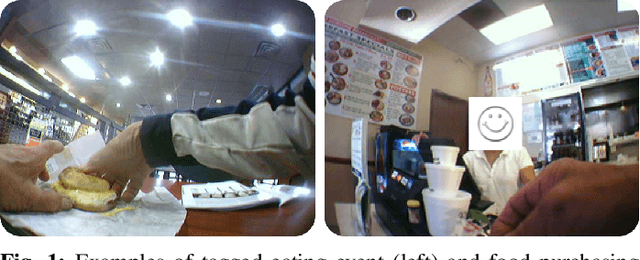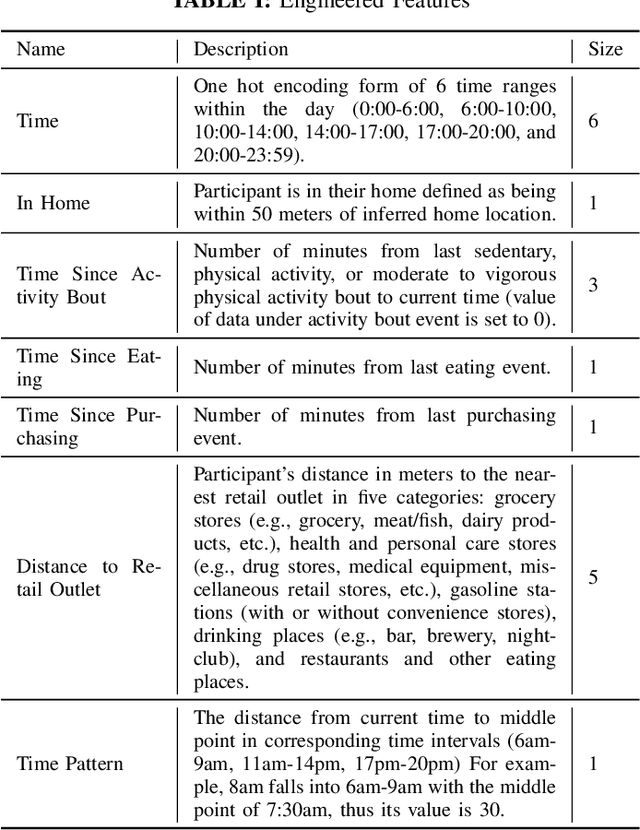Marta M. Jankowska
Qualcomm Institute/Calit2, University of California San Diego, San Diego, USA
Sedentary Behavior Estimation with Hip-worn Accelerometer Data: Segmentation, Classification and Thresholding
Jul 05, 2022



Abstract:Cohort studies are increasingly using accelerometers for physical activity and sedentary behavior estimation. These devices tend to be less error-prone than self-report, can capture activity throughout the day, and are economical. However, previous methods for estimating sedentary behavior based on hip-worn data are often invalid or suboptimal under free-living situations and subject-to-subject variation. In this paper, we propose a local Markov switching model that takes this situation into account, and introduce a general procedure for posture classification and sedentary behavior analysis that fits the model naturally. Our method features changepoint detection methods in time series and also a two stage classification step that labels data into 3 classes(sitting, standing, stepping). Through a rigorous training-testing paradigm, we showed that our approach achieves > 80% accuracy. In addition, our method is robust and easy to interpret.
Predicting Eating Events in Free Living Individuals -- A Technical Report
Aug 14, 2019



Abstract:This technical report records the experiments of applying multiple machine learning algorithms for predicting eating and food purchasing behaviors of free-living individuals. Data was collected with accelerometer, global positioning system (GPS), and body-worn cameras called SenseCam over a one week period in 81 individuals from a variety of ages and demographic backgrounds. These data were turned into minute-level features from sensors as well as engineered features that included time (e.g., time since last eating) and environmental context (e.g., distance to nearest grocery store). Algorithms include Logistic Regression, RBF-SVM, Random Forest, and Gradient Boosting. Our results show that the Gradient Boosting model has the highest mean accuracy score (0.7289) for predicting eating events before 0 to 4 minutes. For predicting food purchasing events, the RBF-SVM model (0.7395) outperforms others. For both prediction models, temporal and spatial features were important contributors to predicting eating and food purchasing events.
 Add to Chrome
Add to Chrome Add to Firefox
Add to Firefox Add to Edge
Add to Edge